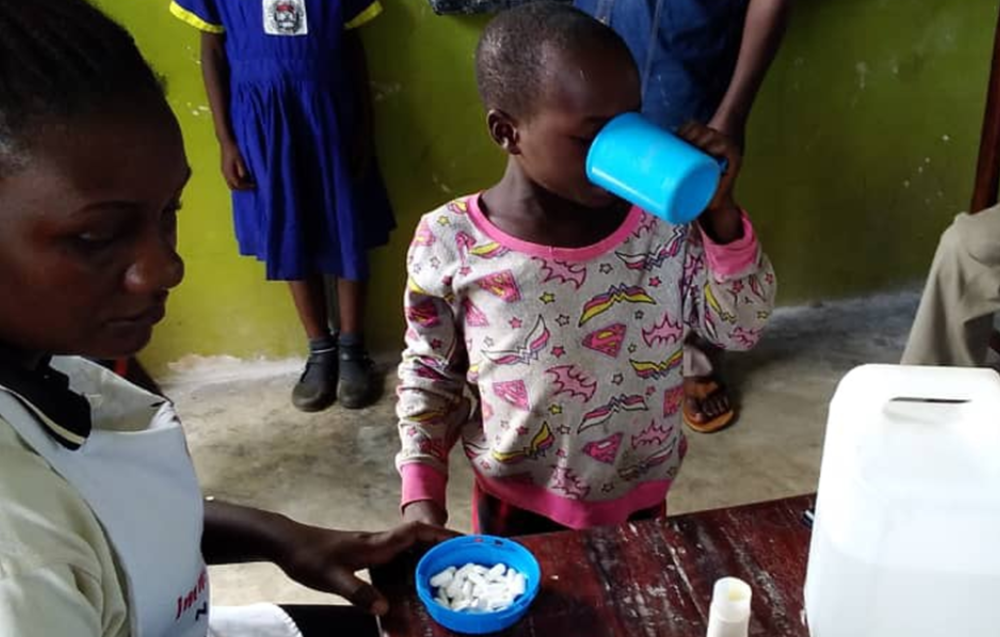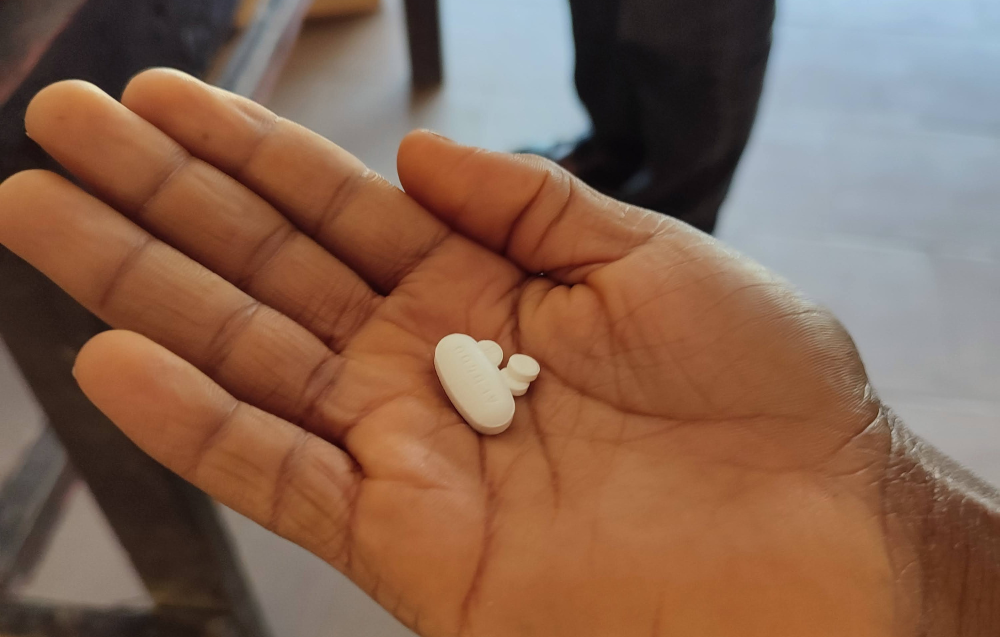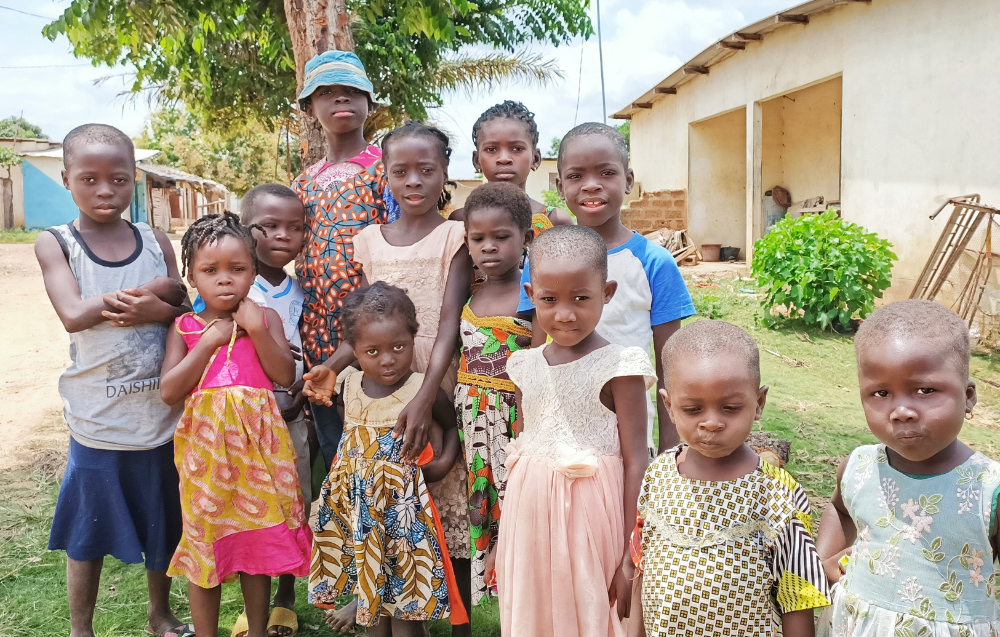FACEIT: Feasibility and Economic Evaluation of Improved Child Deworming
Parasitic worm infections are still very common, particularly among children living in areas with limited access to safe drinking water and adequate sanitation. Additionally, this age group is at highest risk of morbidity associated with chronic worm infections. Current disease control efforts consist of mass distribution of a deworming drug to schoolchildren without prior diagnosis. However, standard interventions often do not cure a large proportion of the treated children, since common drugs show low cure rates against some parasitic worm species or are not suitable for administration to young children. This project aims at promoting innovation in child mass deworming in order to increase its effectiveness and accelerate the way towards elimination of soil-transmitted helminthiasis and schistosomiasis through implementation research studies in Uganda. Moreover, the consortium will assess the cost-effectiveness of new child-deworming treatments and develop delivery toolkits tailored to local settings. The project aims to contribute to the advancement of child worm infection management in low- and middle-income countries and support policy change at national and international levels.
Parasitic worm infections, such as intestinal helminthiasis and schistosomiasis, are very common, particularly among school-aged children living with limited access to safe drinking water and adequate sanitation. Chronic worm infections can lead to cognitive and physical impairment of children. Periodic mass distribution of medications without prior diagnosis is the main control strategy in high prevalence areas. This approach is very cost effective but has major drawbacks, such as the low efficacy of the currently distributed drugs against some species of worms or the administration challenges due to inappropriate tablet/formulation size and dosing for young children.
This project aims to develop implementation guidance for a promising combination therapy of two deworming drugs, called ivermectin and albendazole, against difficult-to-treat intestinal helminth species such as Trichuris trichiura, in Uganda. To achieve this, the researchers will assess the feasibility and acceptability of introducing the ivermectin-albendazole combination therapy into existing deworming programs and its cost-effectiveness. Additionally, they will explore the cost-effectiveness of a new child-friendly formulation of praziquantel to treat schistosomiasis in preschool-aged children. Finally, the project will develop robust delivery toolkits for successful parasitic worm control strategies that are adaptable to different health systems settings and contexts with a focus on paediatric populations.
The consortium members, together with multiple partners, have been key actors in the development and/or clinical evaluation of both the ivermectin-albendazole combination therapy and the paediatric praziquantel formulation. Now, this project aims to build off this important work with this implementation research study in the context of routine disease control activities in Uganda.
Additional outcomes of this project will include practical guidance to local authorities on improved distribution strategies, training protocols, data analysis and policy dialogue. This project’s scope is to contribute directly to the improvement of worm infection management affecting poor and marginalized children in Uganda and to support policy change at national and international levels.
Banner image above: Local stakeholders involved in soil-transmitted helminth control at the school level in Uganda gather and share information about the procedures of the intervention.

A healthcare worker oversees a child taking a pill during mass drug administration activities in a Ugandan school. Image: Moses Adriko

A child holds ivermectin and albendazole tablets in Côte d’Ivoire. Image: Max Bär

Children stand together in the rural Taabo Health district, Côte d'Ivoire, where ivermectin-albendazole deworming is implemented for filariasis control. Image: Eveline Hürlimann
Additional Information
- The research is part of the BRCCH Principal Investigator Initiative.
- The consortium is led by investigators Prof Jennifer Keiser, Prof Fabrizio Tediosi, Prof Peter Steinmann and Dr Moses Adriko.
- Additional team members include Dr Eveline Hürlimann and Dr Marta S Palmeirim.

